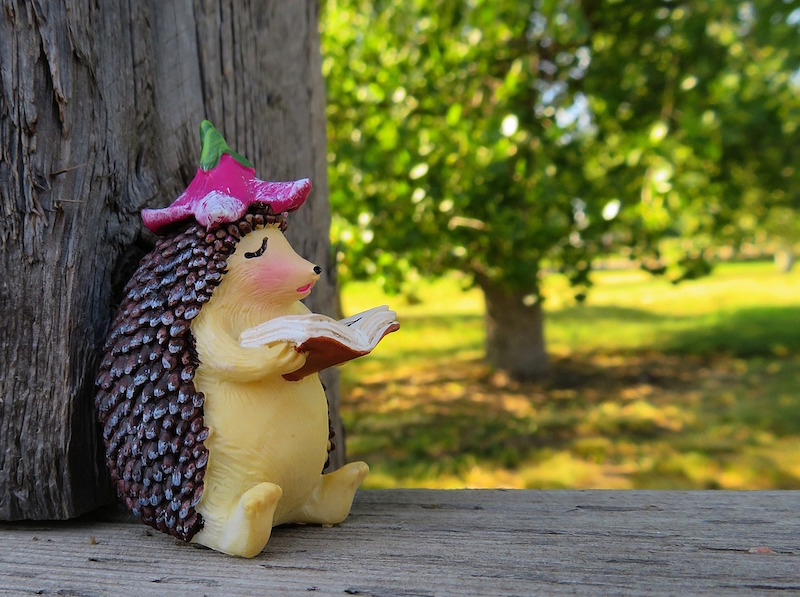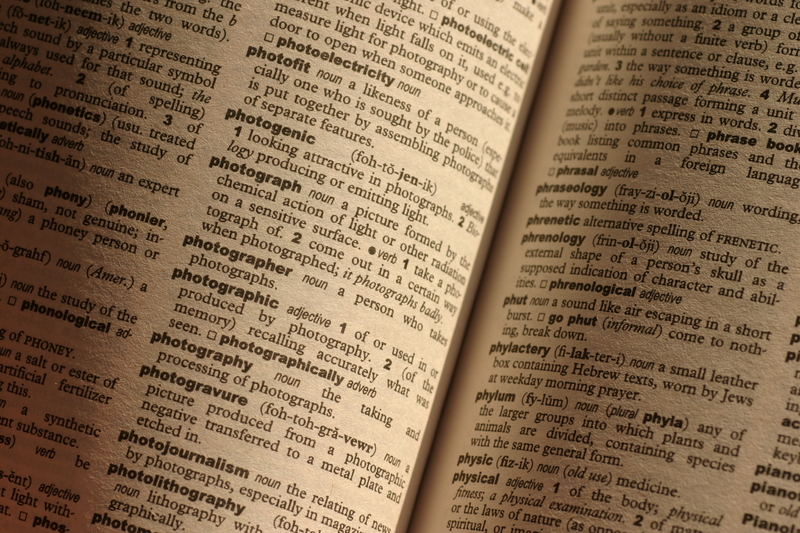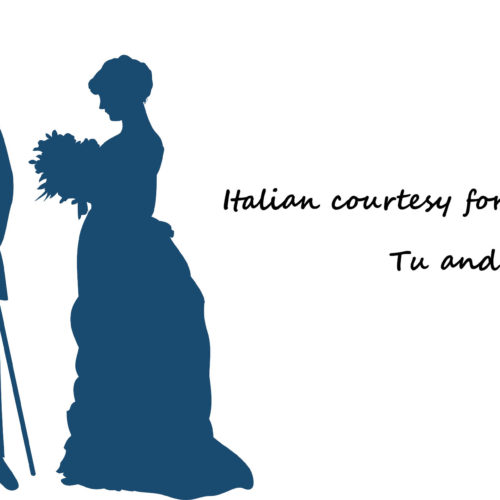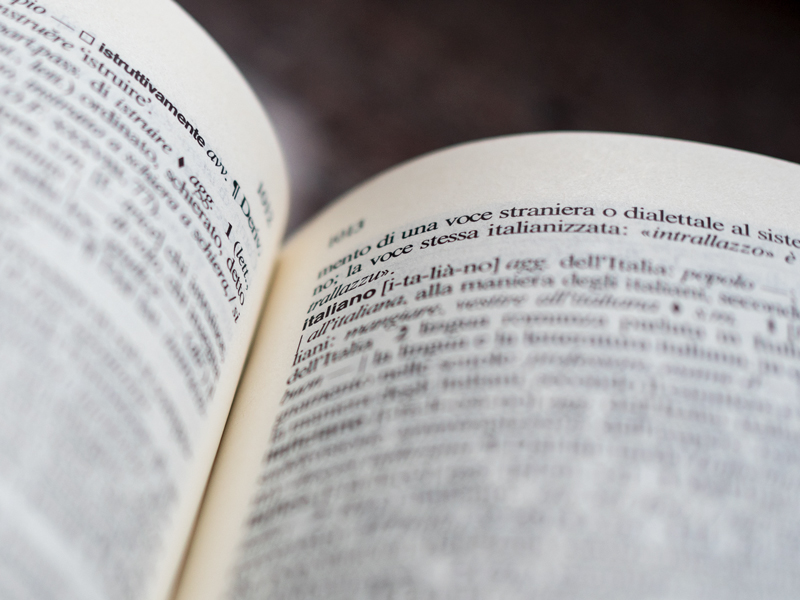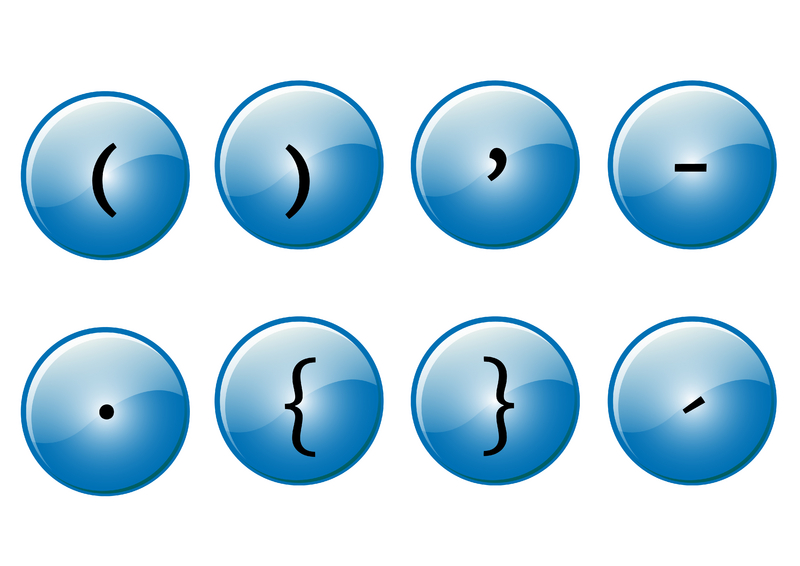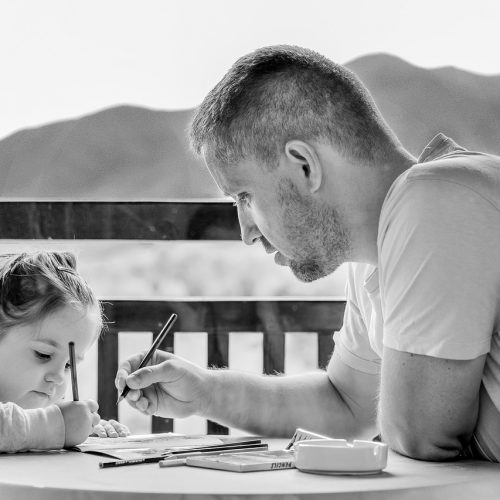ITALIAN PRONOUNS (pronomi) – Part 2
2. OBJECT PRONOUNS
Object pronouns are used as object of the verb and can be direct or indirect.
Direct object pronouns answer the questions “Chi?” or “Che cosa?” (“Whom?” or “What?”).
Examples:
Io chiamo Piero = Io lo chiamo ( I call Piero = I call him)
Io mangio la mela = Io la mangio (I eat the apple = I eat it)
Indirect object pronouns answer the questions “A chi?” or “A che cosa?” (“To whom? / for whom?” or “To what?”).
Examples:
Io do la mela a Piero = Io gli do la mela (I give an apple to Piero = I give him an apple)
| SINGULAR | DIRECT OBJECT | INDIRECT OBJECT | ||
| First person | mi | me | mi | me / to me |
| Second person | ti
La |
you (informal)
you (formal) |
ti
Le |
you / to you (informal)
you / to you (formal) |
| Third person | lo
la |
him / it
her / it |
gli
le |
him / to him / to it
to her /to it |
| PLURAL | DIRECT OBJECT | INDIRECT OBJECT | ||
| First person | ci | us | ci | us / to us |
| Second person | vi
Li / Vi |
you (informal)
you (formal) |
vi
Loro / Vi |
you / to you (formal)
you / to you (informal) |
| Third person | li
le |
them (masculine)
them (feminine) |
loro /gli
loro /gli |
them / to them |
Examples:
Antonio mi chiama (Antonio calls me)
Antonio mi porta un caffè (Antonio brings me a coffee / Antonio brings a coffee to me)
Ti chiamo stasera (I’ll call you this evening)
Ti porto dei fiori (I bring you some flowers / I bring some flowers to you)
Michele lo preferisce caldo (Michele prefer it hot)
Anna gli ha scritto una lettera (Anna wrote him a letter / Anna wrote a letter to him)
Giuseppe la chiama spesso (Giuseppe call her often)
Giuseppe le porta una coca (Giuseppe brings her a coke / Giuseppe brings a coke to her)
Piero ci chiama più tardi (Piero call us later)
Giorgio ci ha dato un libro (Giorgio gave us a book / Giorgio gave a book to us)
Vi chiamiamo domani (We will call you tomorrow)
Marco vi ha regalato un CD (Marco gave you a CD / Marco gave a CD to you)
Domani li porto al mare (Tomorrow I’ll take them to the sea)
Le ho viste a scuola (I saw them at the school)
Anna scrive loro (/ gli scrive) tutti i giorni (Anna write them every day)
Lo and la elide (l’) before a word beginning with a vowel or “h”. Never elide the plural forms li and le.
Examples:
Matteo lo ha comprato = Matteo l’ha comprato (Matteo bought it)
Although the indirect object means “to” or “for”, in English this is not always clear. It is helpful sometimes to put the word “to” before the object. If this make sense, then the object is indirect.
Examples:
Che cosa hai fatto con il libro che ti ho dato stamattina?(What have you done with the book
I gave (to) you this morning?
POSITION OF THE PRONOUNS
With the exception of loro all object pronouns immediately precede the verb.
Examples:
Ti ho portato il CD che mi hai chiesto (I have brought you the CD you have asked me)
Ho dato loro i fiori gialli (I have given them the yellow flowers)
Object pronouns are attached to the end of:
a) An infinitive after the final “-e” as been removed;
Examples:
Passo a prenderlo alle otto (I’ll come to take it at eight o’ clock)
b) The gerund;
Examples:
Vedendola, l’ho salutata (Seeing her, I greeted her)
c) The form “ecco“;
Examples:
Eccoci qui (Here we are)
d) The past participle standing alone;
Examples:
Accettatolo non posso dire di no (Having accepted it, I can’t say no)
With the modal verbs + infinitive, the object pronoun(s) can be either placed before the modal or be attached to the following infinitive.
Examples:
Sandro lo può mangiare / Sandro può mangiarlo (Sandro can eat it)
With “stare” + gerund, the object pronoun(s) normally come before “stare” but it is also possible to attach them to the end of the gerund;
Examples:
Che cosa mi stavo dicendo)? / Che cosa stavi dicendomi?
By Arnaldo Colonna

